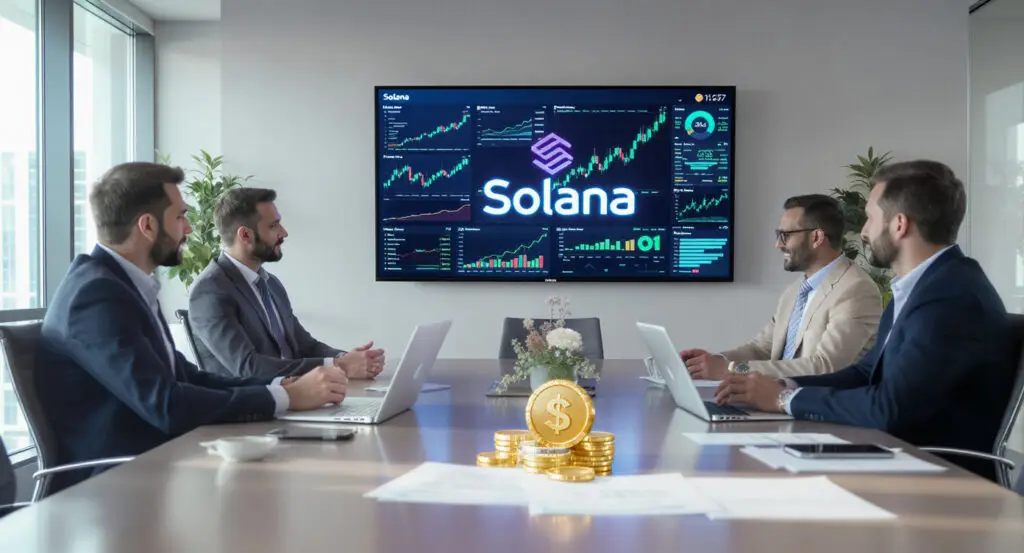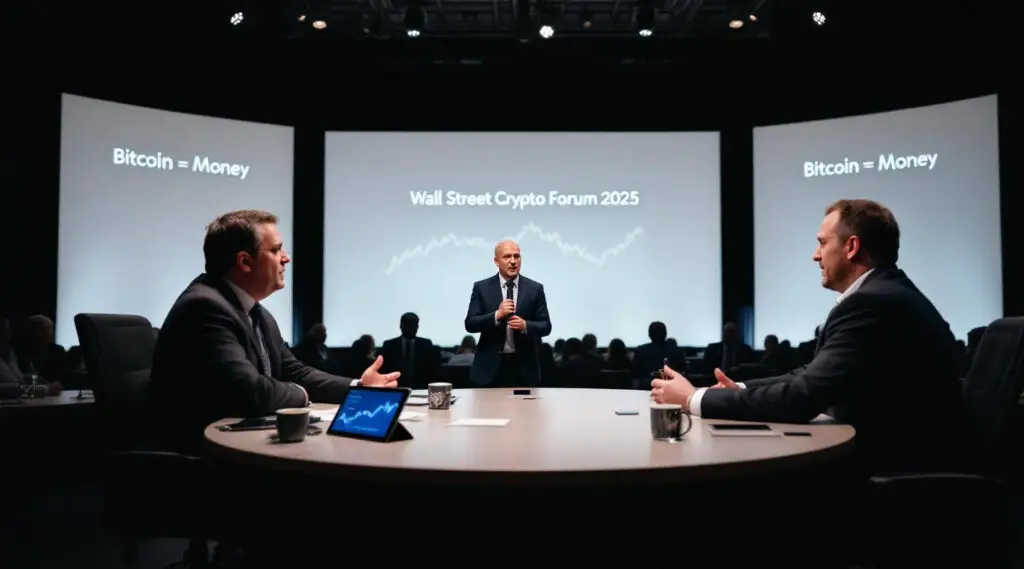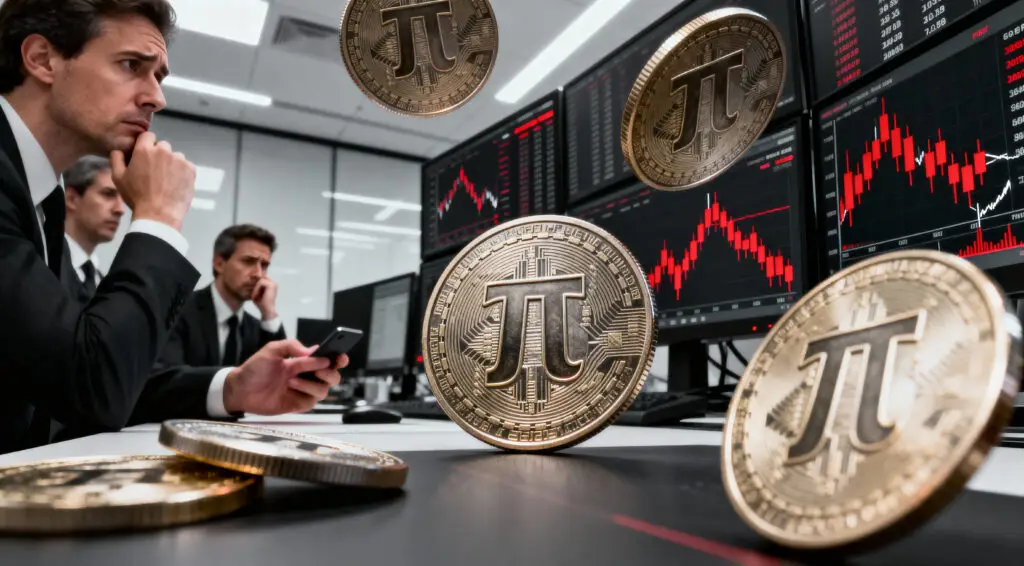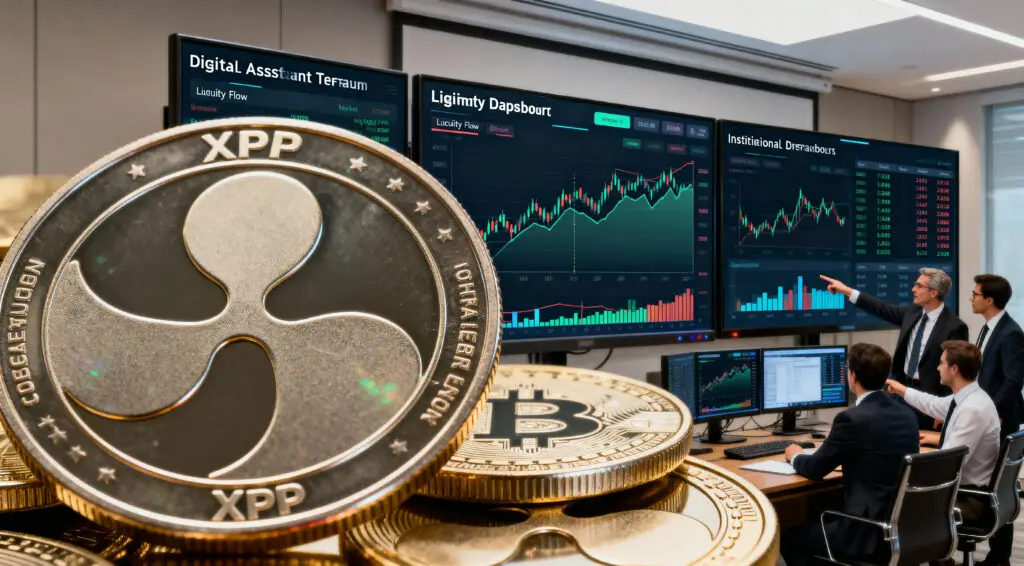Solana Expands Its Influence Through Discounted Token Deals
The Solana Foundation has rapidly positioned itself as one of the most active ecosystem builders in the crypto industry. Through a series of discounted SOL token sales, the foundation has supported multiple organisations forming digital asset treasuries. These efforts aim to strengthen Solana’s visibility, liquidity, and integration across diverse sectors. However, some experts warn that expanding these deals too aggressively could create long-term market imbalances.
Solana’s strategy reflects its commitment to incentivising ecosystem participants while maintaining demand for its native token. By offering direct discounts to strategic partners, the foundation effectively fuels new project launches within its network. Yet, critics argue that the rapid proliferation of Solana-based treasuries could dilute value perception. Balancing growth incentives with market stability remains a delicate challenge for the foundation’s long-term plans.

Multiple Companies Receive SOL Treasury Support
Over the past months, several Nasdaq-listed companies have established Solana-linked digital asset treasuries (DATs). Among the notable examples is Brera Holdings, which rebranded to Solmate and launched a SOL-based treasury initiative. The agreement includes discounted SOL purchases and board representation for Solana Foundation officials. This collaboration aims to align corporate growth with the blockchain’s expanding ecosystem presence.
Similarly, Sharps Technology confirmed purchasing $50 million worth of SOL at a 15% discount. Helius Medical Technologies, rebranded as Solana Company, also announced its intention to acquire tokens directly from the foundation. These transactions reflect a consistent pattern of partnerships designed to enhance exposure while promoting brand association with Solana. Although beneficial for adoption, such deals raise questions about their cumulative impact on treasury valuations.
Analysts Express Concerns About Market Saturation
Industry observers note that Solana’s eagerness to support numerous DATs could unintentionally strain overall token valuation. When too many entities accumulate discounted tokens, it may reduce perceived scarcity in the open market. This dilution could weaken investor confidence if prices fail to keep pace with supply growth. As a result, experts urge Solana to monitor distribution carefully to prevent structural overextension.
Despite these concerns, many investors maintain faith in the foundation’s long-term vision. The partnerships have significantly elevated Solana’s visibility among institutional participants and traditional finance firms. Such collaborations are helping bridge the gap between blockchain innovation and regulated market structures. Still, finding equilibrium between expansion and sustainability remains crucial to maintaining market integrity.
Recommended Article: Solana Tipped to Become Wall Street’s Top Stablecoin Network
Supporters Argue That More Treasuries Strengthen the Ecosystem
Not all stakeholders share the cautious perspective surrounding these treasury initiatives. DeFi Development, which holds over $430 million worth of SOL, supports additional entrants into the ecosystem. Company representatives believe that new buyers ultimately reinforce network resilience and broaden community engagement. They argue that more treasuries equate to stronger collective ownership of Solana’s long-term success.
From this standpoint, the foundation’s generosity serves as a strategic growth mechanism rather than a liability. Each new DAT brings added liquidity, visibility, and potential capital inflows to the broader network. As institutional investors seek stable exposure to blockchain assets, these treasuries may act as gateways for adoption. Consequently, Solana’s foundation continues to navigate this expansion with confidence, despite external scrutiny.
Industry Voices Highlight Branding Over Substance
Some insiders, however, suggest that certain companies may overstate the benefits of Solana’s backing. According to anonymous executives, the perceived value of foundation support often exceeds its material impact. A 15% token discount, they argue, is modest compared to the publicity such deals attract. Many DAT operators reportedly leverage the Solana association primarily for marketing appeal rather than tangible advantage.
This trend underscores the growing importance of credibility and transparency in blockchain partnerships. As token-based treasuries multiply, distinguishing genuine collaborations from promotional alignments becomes increasingly challenging. The foundation’s reputation, therefore, depends on maintaining rigorous standards for future agreements. Sustainable growth requires focusing on meaningful impact rather than symbolic associations.
Comparisons with Other Blockchain Foundations
Solana is not alone in supporting its ecosystem through treasury incentives. Other blockchain organisations, including the Ethereum, Dogecoin, and Tron foundations, have also offered similar arrangements. Each foundation seeks to strengthen token utility and accelerate adoption within its respective ecosystem. However, Solana’s scale and pace of treasury partnerships stand out as particularly ambitious.
While Ethereum’s foundation focuses more on development grants and staking infrastructure, Solana’s approach is overtly market-oriented. By facilitating token purchases and corporate integrations, it aims to merge institutional finance with decentralised infrastructure. This strategy enhances short-term adoption but introduces long-term governance and valuation challenges. Balancing innovation with accountability will shape how investors perceive Solana’s leadership in the years ahead.
Outlook: Managing Expansion and Market Confidence
The Solana Foundation’s treasury initiatives have undoubtedly accelerated its network expansion and institutional credibility. Yet, the growing number of discounted token deals introduces risks of overexposure and market dependency. Maintaining balance between inclusivity and scarcity will determine whether Solana sustains its momentum or faces correction. The foundation’s ability to manage this dynamic will influence broader perceptions of its strategic discipline.
Ultimately, Solana’s current trajectory represents both opportunity and test. The foundation’s proactive engagement with corporates highlights its determination to lead blockchain adoption at scale. However, the long-term success of this strategy depends on responsible execution and transparent governance. As Solana continues to attract global attention, its treasury model may redefine how ecosystems grow in the digital economy.


















